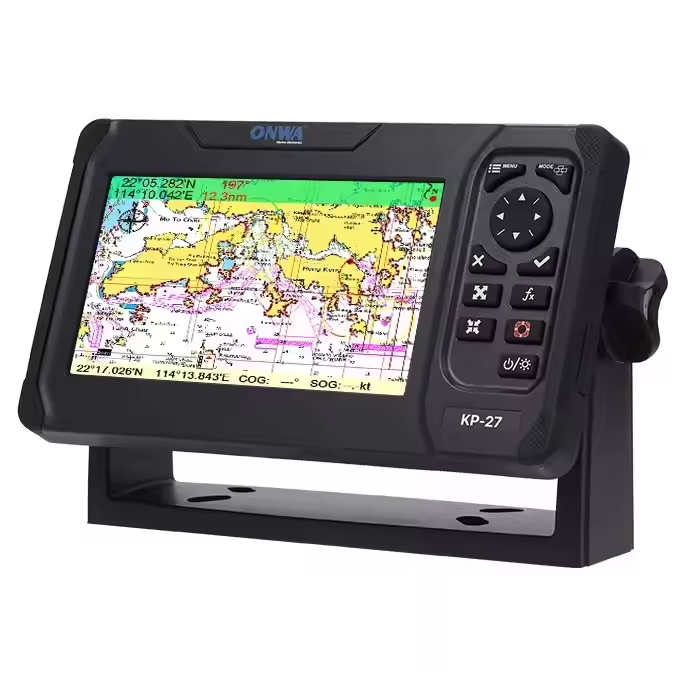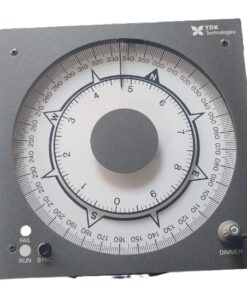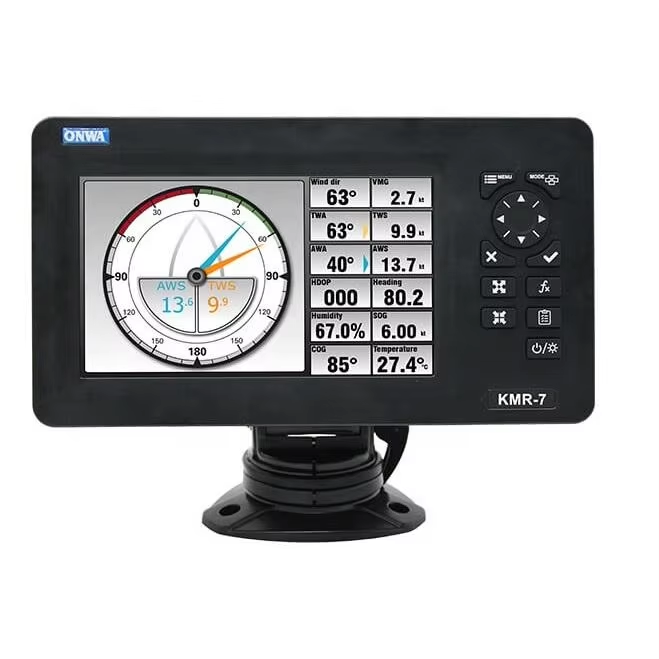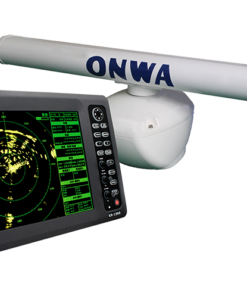Anemometer
A Marine Anemometer is a specialized instrument used to measure the speed and direction of wind specifically in marine environments. It functions similarly to standard anemometers but is designed to withstand the harsh conditions encountered at sea, including exposure to saltwater, high winds, and turbulent seas.
Marine anemometers typically feature durable construction materials such as corrosion-resistant metals or plastics to ensure longevity in maritime environments. They are often mounted on vessels’ masts, rigging, or other elevated structures to provide accurate wind data for navigation, weather forecasting, and operational planning.
In addition to measuring wind speed, some marine anemometers are equipped with sensors to determine wind direction, providing comprehensive wind data for sailors, mariners, and meteorologists. This information is essential for safe navigation, optimizing sail performance, and avoiding hazardous weather conditions while at sea. Marine anemometers play a crucial role in enhancing maritime safety and efficiency.





